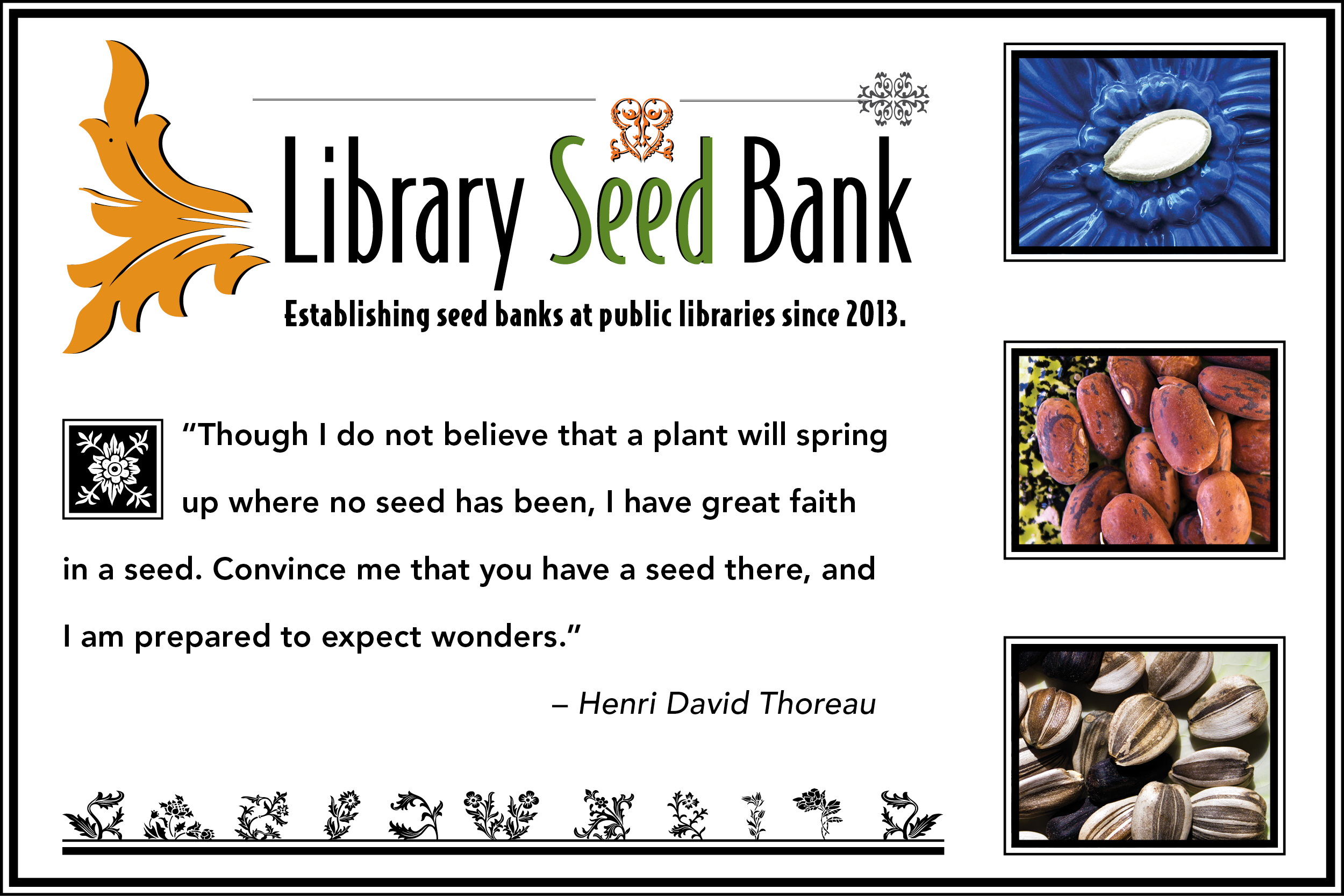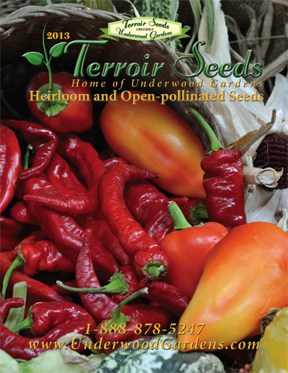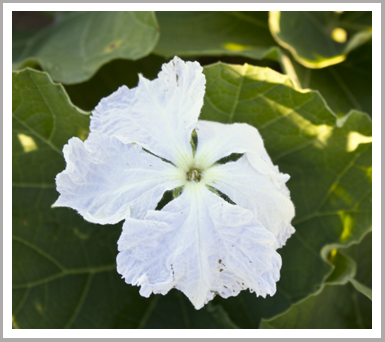A Historical Seed Map
 Ok, so the posting here has been sporadic, and I apologize for that. I've been busy with planting the seeds for the Library Seed Bank. Did you catch what I did there ...
Ok, so the posting here has been sporadic, and I apologize for that. I've been busy with planting the seeds for the Library Seed Bank. Did you catch what I did there ...
So, here's the update.
The indiegogo project isn't go going, That's because I haven't been pushing it. Please take a look, and if so inclined, please share it with folks you know. The reason I haven't been pushing it is, there's a lot of other things happening, and I'm one person here.
I'm thrilled, well actually over the moon, about this idea I have of a seed map. The idea is this, I'm going to map old seed companies and research what they were offering at the local level. There is no better reflection of what was grown locally than what the local seed sellers offered to the public. To quote the 1945 Agricultural Almanac by John Baer's Sons, Inc., Lancaster, PA;
The seed catalog is therefore a current encyclopedia of gardening, revised and brought up-to-date each year. Some are so complete as to be the prefered reference books in agricultural schools.
I had this idea before I came across this almanac in a used book store. When I read that, I knew I was on the right track. This map will provide a detailed historical record for the Library Seed Bank. The libraries who participate will have guidance to find the seeds of local varieties if they still exist. This map will free, and openly available for everyone. There will be an app coming out this too.
I will doing research at the Smithsonian Institute this summer! They have an extensive collection of seed catalogues that don't circulate, and are viewed by appointment only. I have a contact with a senior research librarian there, so that's exciting. My daily work contract is up in a month so the timing is fortuitous.
Already this project has inspired a teacher to establish a seed bank at his school. His class this fall will help me with the seed map.
The plans for the first seed bank at the McGowan Memorial Library are moving along. There is a big craft show on September 21, 2013. It's a tradition for many, and draws a big crowd. I will be there doing a soft launch of the seed bank. And yes, I'll be giving out seeds.
The mayor of nearby town is very interested in the idea of a seed bank as community outreach through an arts organization in his town. This is good. It's always a benefit when the mayor likes an idea.
I have an idea to tie in tasting with the heirloom vegetables I grow as a way to demonstrate to people the value of heirloom seeds. Slow Food International says it's all starts with a taste. And it truly does. They inspire me, and I do agree with that statement. Give someone a taste and you have their attention.
This is all coming together organically, and I wouldn't have it any other way. So, after all the impressive progress is noted, here's the big plug at the end to help support the growth of the Library Seed Bank.
If you have old seed catalogs, or if you know of local seed companies, please let me know. You can leave a comment, or use the contact form.
Thanks!


